Home>Storage Ideas>Kitchen Storage>Should Kitchen Cabinets Be Symmetrical? The Experts Have The Final Say
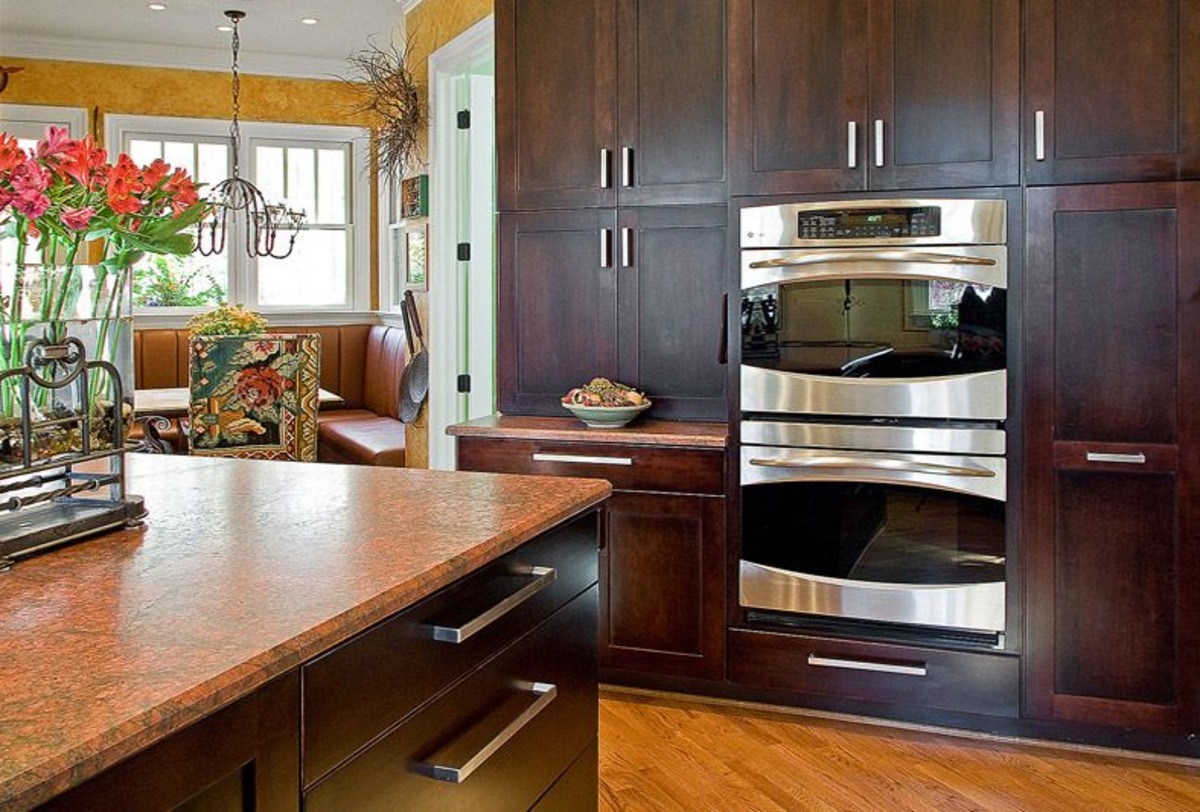

Kitchen Storage
Should Kitchen Cabinets Be Symmetrical? The Experts Have The Final Say
Modified: January 19, 2024
Discover the final verdict on whether kitchen cabinets should be symmetrical from the experts. Get innovative kitchen storage ideas to optimize your space.
(Many of the links in this article redirect to a specific reviewed product. Your purchase of these products through affiliate links helps to generate commission for Storables.com, at no extra cost. Learn more)
Introduction
When it comes to designing a functional and visually pleasing kitchen, one of the key elements to consider is kitchen cabinets. These storage solutions not only provide a place to store your cookware, utensils, and ingredients but also contribute to the overall aesthetics of your kitchen. One question that often arises during the cabinet design process is whether kitchen cabinets should be symmetrical.
Symmetry in design refers to creating balance and harmony by arranging elements in a way that is visually appealing. In the context of kitchen cabinets, it means having a balanced layout where the cabinets on one side of the room mirror or match the cabinets on the other side.
Some homeowners believe that symmetrical kitchen cabinets create a sense of order and elegance, while others prefer a more eclectic and asymmetrical arrangement. In this article, we will explore the pros and cons of symmetrical kitchen cabinets and consider expert opinions on the matter.
Key Takeaways:
- Symmetrical kitchen cabinets offer visual balance, elegance, and enhanced space perception, creating a timeless and harmonious aesthetic. However, they may lack variety and design flexibility, requiring careful consideration of personal style and kitchen layout.
- Alternative cabinet layouts, such as asymmetry and mixed materials, provide unique and personalized options for kitchen design. Customized storage solutions and open shelving offer dynamic and eclectic looks, catering to individual style and functionality preferences.
The Importance of Kitchen Cabinets
Kitchen cabinets play a crucial role in the functionality and organization of a kitchen. They serve as storage spaces for various kitchen essentials, keeping the cooking area clutter-free and providing easy access to utensils, cookware, and food items. Furthermore, kitchen cabinets also contribute to the overall design and aesthetics of the kitchen.
With the amount of time spent in the kitchen each day, having efficient and well-designed cabinets is essential. They not only offer convenient storage solutions but also help in maximizing the available space, ensuring that everything is easily accessible when needed. Whether you have a small kitchen or a spacious one, utilizing the cabinet space effectively can make a significant difference in how functional and organized your kitchen feels.
In addition to their functional benefits, kitchen cabinets also have aesthetic significance. They can define the style and ambiance of your kitchen, showcasing your personal taste and preferences. From sleek and modern to rustic and traditional, there are various cabinet designs and finishes to choose from that can complement the overall theme of your kitchen.
Moreover, high-quality kitchen cabinets are an investment that can increase the value of your home. Potential buyers often look for well-designed and functional kitchens, and cabinets that are in good condition can be a selling point. It is important to choose durable materials and quality craftsmanship to ensure that your kitchen cabinets stand the test of time.
Considering the importance of kitchen cabinets in both functionality and aesthetics, it is essential to carefully plan and design their layout. One aspect that homeowners often ponder is whether their kitchen cabinets should be symmetrical.
The Concept of Symmetry in Design
Symmetry is a fundamental principle in design that can create a sense of balance, order, and visual harmony. In simple terms, symmetry refers to mirroring or balancing elements on either side of an axis or a central point. It is a concept that has been utilized in various forms of art and design for centuries.
When it comes to kitchen cabinets, symmetry in design refers to having cabinets on one side of the room that mirror or match the cabinets on the opposite side. This means that the size, shape, and placement of cabinets are evenly distributed to create a balanced and pleasing visual effect.
Many homeowners are drawn to the idea of symmetrical kitchen cabinets because it brings a sense of order and elegance to the space. With symmetrical cabinets, there is a natural flow and consistency in the design, making the kitchen visually appealing and aesthetically pleasing.
Moreover, symmetry can create a sense of calm and stability in the kitchen. The balanced layout of the cabinets avoids any visual distractions, allowing the eye to focus on the overall design of the space. This can be particularly beneficial in smaller kitchens where a cluttered or asymmetrical layout may make the space feel cramped.
However, it is important to note that symmetry is not the only option when it comes to kitchen cabinet design. There are alternative approaches that can create a unique and personalized look for your kitchen.
Pros of Symmetrical Kitchen Cabinets
Symmetrical kitchen cabinets offer several advantages that homeowners may find appealing when designing their kitchen. Let’s explore some of the pros of incorporating symmetry in your cabinet layout:
- Visual Balance: Symmetry creates a sense of equilibrium in the kitchen. Having matching cabinets on either side of the room can bring a harmonious and balanced look, making the space feel cohesive and well-designed.
- Elegant and Timeless: Symmetry is often associated with elegance and classic design. It can give your kitchen a timeless appeal that stands the test of time. This is particularly beneficial if you prefer a more traditional or formal aesthetic.
- Enhanced Space Perception: Symmetry can create an illusion of a larger and more spacious kitchen. The balanced layout of cabinets helps to visually expand the room, making it feel open and inviting.
- Simplified Organization: Symmetrical kitchen cabinets can simplify the organization process. With matching cabinets on each side, it’s easier to designate specific storage areas for different items, ensuring that everything has a designated space.
- Focal Point Emphasis: Symmetry can draw attention to a specific area or feature in the kitchen. For example, you can position a beautiful range hood or a decorative backsplash as the centerpiece, flanked by identical cabinets on both sides, creating a focal point and adding visual interest.
These benefits highlight the advantages of incorporating symmetry into your kitchen cabinet design. However, it’s important to note that symmetrical cabinets may not be suitable for everyone, and there are alternative approaches to consider depending on your personal style and preferences.
Cons of Symmetrical Kitchen Cabinets
While symmetrical kitchen cabinets offer many advantages, there are also some drawbacks to consider. It’s essential to weigh the cons before deciding if symmetrical cabinets are the right choice for your kitchen design:
- Lack of Variety: Symmetry can sometimes result in a lack of visual interest or variety. If every cabinet is identical in size, shape, and placement, it may make the kitchen feel monotonous or repetitive.
- Limitations in Design Flexibility: Symmetry can constrain your options for unique or unconventional design choices. If you prefer a more eclectic or unconventional style, symmetrical cabinets may not allow for the freedom to express your creativity.
- Inability to Adapt to Space Constraints: Symmetrical designs may not be practical or feasible in all kitchen layouts, especially if you have limited space. Achieving perfect symmetry may result in wasted space or awkwardly placed cabinets if the room doesn’t allow for a balanced arrangement.
- Cost Considerations: Achieving symmetry in kitchen cabinet design can sometimes be more expensive. Matching cabinets on both sides of the room may require additional customization or tailor-made pieces, which can add to the overall cost of the project.
- Maintenance and Cleaning Challenges: Symmetrical designs can make cleaning and maintenance more challenging. Dust, dirt, and stains may be more noticeable on matching cabinets, requiring more frequent cleaning and upkeep.
These considerations highlight some of the potential downsides of symmetrical kitchen cabinets. It’s important to assess your specific needs, preferences, and the limitations of your kitchen space before deciding if symmetrical cabinets are the right fit for you.
Symmetry in kitchen cabinets is a matter of personal preference. Consider the overall design and layout of your kitchen, as well as the functionality and storage needs, before deciding on symmetrical or asymmetrical cabinets.
Expert Opinions on Symmetry in Kitchen Cabinets
When it comes to the topic of symmetrical kitchen cabinets, experts in the field have varying opinions. Let’s explore what some of these experts have to say about incorporating symmetry into kitchen cabinet design:
1. Laura Mueller, Interior Designer: “Symmetry in kitchen cabinets can create a visually pleasing and harmonious space. It brings a sense of order and elegance, especially in more traditional or formal kitchens. However, it’s important to strike a balance between symmetry and variety to avoid monotony. Consider incorporating some unique elements or focal points to break up the symmetrical layout.”
2. John Smith, Architect: “Symmetry can help create a sense of balance in the kitchen, particularly in larger spaces. It can make the kitchen feel more spacious and well-proportioned. However, in kitchens with limited space or irregular layouts, achieving perfect symmetry may not be practical. It’s essential to consider the overall functionality and flow of the kitchen when deciding on the level of symmetry.”
3. Jennifer Lee, Kitchen Designer: “Symmetrical kitchen cabinets are timeless and classic, suitable for homeowners who appreciate a traditional aesthetic. However, it’s essential to consider the style of your home and your personal preferences. If you prefer a more eclectic or modern look, asymmetrical cabinet layouts can offer more design freedom and creativity.”
4. Mark Johnson, Contractor: “Symmetry can be an effective design tool, but it’s not the only way to achieve a balanced and visually appealing kitchen. Sometimes, asymmetry can create a more dynamic and interesting look, especially in contemporary or eclectic kitchens. It’s important to consider the overall style and architectural elements of your home.”
These expert opinions highlight that while symmetrical kitchen cabinets have their benefits, they may not be the best fit for every kitchen or personal style. It’s crucial to consider the advice of professionals and assess your specific needs, preferences, and the overall design concept of your kitchen before making a decision.
Factors to Consider in Kitchen Cabinet Design
When designing your kitchen cabinets, there are several factors to consider to ensure that they meet your functional and aesthetic needs. Here are some key considerations:
- Kitchen Layout: The layout of your kitchen will heavily influence the design and placement of your cabinets. Take into account the size and shape of the space, as well as the location of appliances, windows, and doors. An efficient cabinet design should enhance the workflow and functionality of your kitchen.
- Storage Needs: Assess your storage requirements based on your cooking and lifestyle habits. Consider what items you need to store, such as cookware, utensils, small appliances, and food. Optimize the cabinet design to accommodate these items and make them easily accessible.
- Aesthetic Preferences: Determine the style and ambiance you want to achieve in your kitchen. Whether you prefer a modern, traditional, farmhouse, or minimalist look, choose cabinet materials, finishes, and hardware that align with your overall design concept.
- Budget: Set a budget for your kitchen cabinet project and consider the costs of materials, customizations, and installation. Keep in mind that higher-quality materials will generally be more durable and long-lasting.
- Functionality: Think about the practical features you want to include in your cabinets, such as pull-out shelves, built-in organizers, or dividers. These elements can improve accessibility, maximize storage space, and enhance the overall usability of your kitchen.
- Lighting: Consider integrating lighting solutions into your cabinet design. Under-cabinet lighting can illuminate your workspace and provide a warm ambiance. It can also highlight your cabinets and create a visually appealing atmosphere.
- Personalization: Your kitchen cabinets should reflect your personality and lifestyle. Consider adding unique elements, such as glass-front cabinets to display special dishware or open shelving for decorative items. Personal touches will make your kitchen feel like a truly custom space.
- Future Resale Value: If you plan to sell your home in the future, think about the potential resale value of your kitchen cabinets. Choose a design and materials that will appeal to a wide range of buyers and stand the test of time.
By considering these factors, you can create a kitchen cabinet design that not only meets your immediate needs but also enhances the functionality and style of your kitchen for years to come.
Alternative Approaches to Kitchen Cabinet Layouts
While symmetrical kitchen cabinets can create a sense of balance and order, they are not the only option when it comes to cabinet layouts. If you desire a more unique or personalized look for your kitchen, consider these alternative approaches:
- Asymmetrical Design: Embrace the beauty of asymmetry by opting for cabinets of different sizes, shapes, and heights. This approach can create visual interest and add a touch of modernity to your kitchen. You can play with a mix of open shelving, floating cabinets, and different-sized drawers to create a dynamic and eclectic look.
- Mixed Materials: Instead of using matching cabinets throughout your kitchen, experiment with different materials and finishes. Incorporate a combination of wood, glass, metal, or even unconventional materials like reclaimed barnwood or concrete to add texture and intrigue to your cabinets.
- Open Shelving: For a more minimalistic and open feel, consider incorporating open shelving into your kitchen design. This approach allows you to showcase your favorite dishware or personal collections. Open shelving can also create the illusion of a larger space and provide easy accessibility to frequently used items.
- Customized Storage Solutions: Tailor your cabinet design to your specific storage needs. Consider adding pull-out drawers, built-in spice racks, or vertical dividers to maximize organization and accessibility. Customized storage solutions ensure that your cabinets are optimized for your unique lifestyle and cooking habits.
- Mix of Closed and Open Cabinets: Create a sense of balance by incorporating a combination of closed cabinets and open shelving units. Closed cabinets can hide clutter and provide a clean and streamlined look, while open shelving can display decorative items or frequently used kitchenware.
- Focal Point Cabinets: Instead of focusing on achieving symmetry throughout your kitchen, you can create a focal point with a standout cabinet design. Consider installing a statement piece, such as a bold-colored or patterned cabinet, to draw attention and add visual drama to your kitchen.
These alternative approaches to kitchen cabinet layouts offer a range of possibilities for creating a unique and personalized space. Remember to consider your personal style, functional needs, and overall kitchen design concept when choosing the best approach for your kitchen cabinets.
Conclusion
When it comes to designing your kitchen cabinets, the decision to incorporate symmetry or explore alternative layouts is a personal one. Symmetrical kitchen cabinets can create a sense of balance, elegance, and visual harmony. They can bring a classic and timeless aesthetic to your kitchen, providing a cohesive and ordered look. Moreover, symmetrical cabinets can enhance the perception of space and simplify organization.
However, it’s important to consider the drawbacks and limitations of symmetrical cabinets. They may lack variety and design flexibility, and may not be suitable for all kitchen layouts or personal preferences. Alternative approaches to cabinet layouts, such as asymmetry, mixed materials, open shelving, and customized storage solutions, can offer unique and personalized options for your kitchen design.
Ultimately, the choice between symmetrical and alternative cabinet layouts depends on your individual style, kitchen layout, and functionality preferences. Consider consulting with design professionals, architects, or contractors to evaluate your options and make an informed decision.
Remember, the goal is to create a kitchen that is not only functional but also reflects your personal style and enhances your daily cooking experience. Whether you choose symmetrical cabinets for their timeless elegance or explore alternative layouts for a more eclectic look, prioritize a design that meets your needs and brings joy to your kitchen space.
In the end, the most important aspect is to create a kitchen that you love and that suits your lifestyle, making it a place where you can enjoy cooking, entertaining, and creating memories for years to come.
Frequently Asked Questions about Should Kitchen Cabinets Be Symmetrical? The Experts Have The Final Say
Was this page helpful?
At Storables.com, we guarantee accurate and reliable information. Our content, validated by Expert Board Contributors, is crafted following stringent Editorial Policies. We're committed to providing you with well-researched, expert-backed insights for all your informational needs.
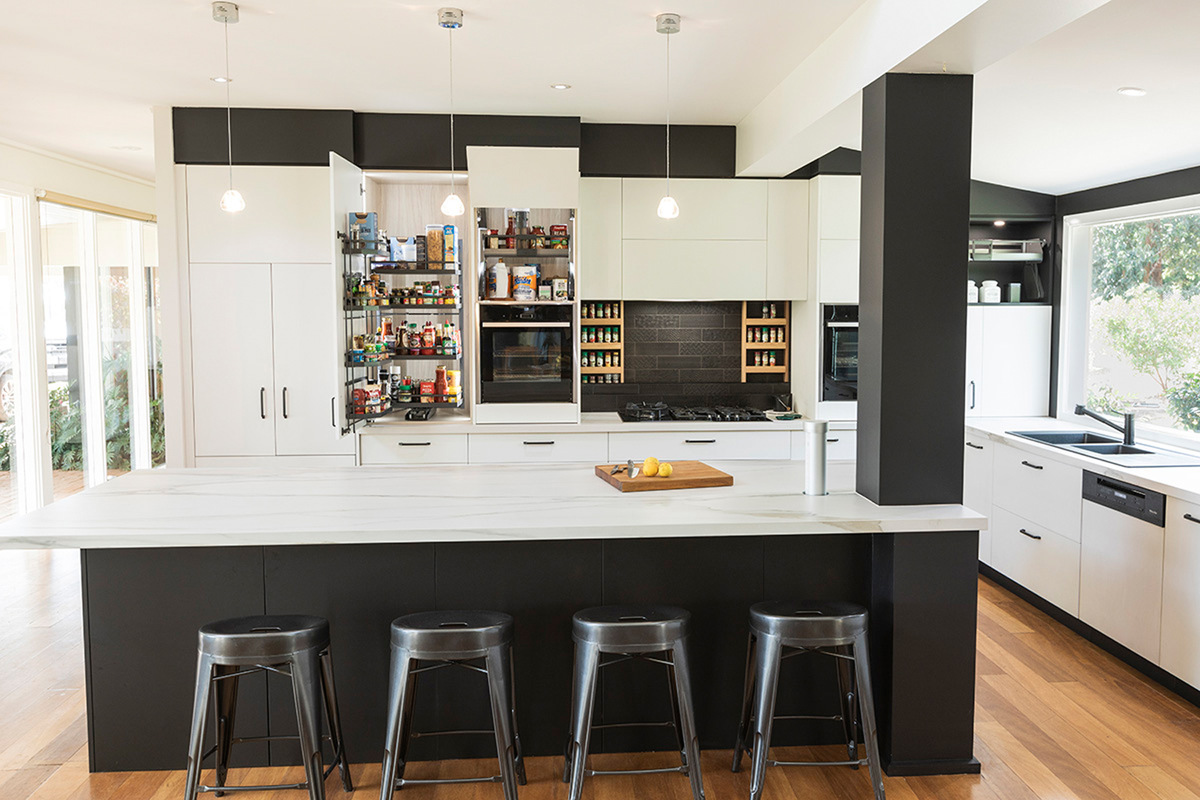
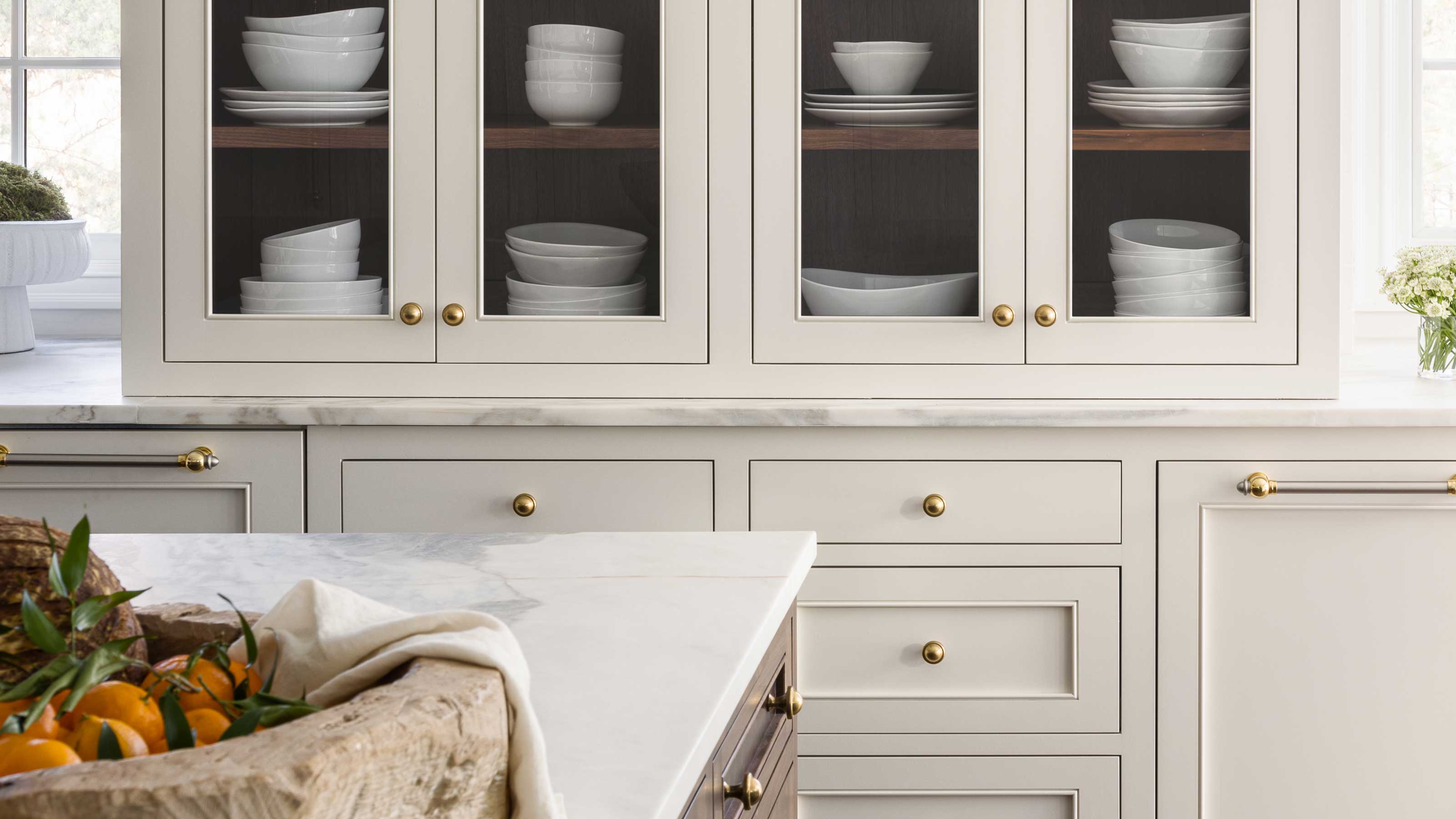
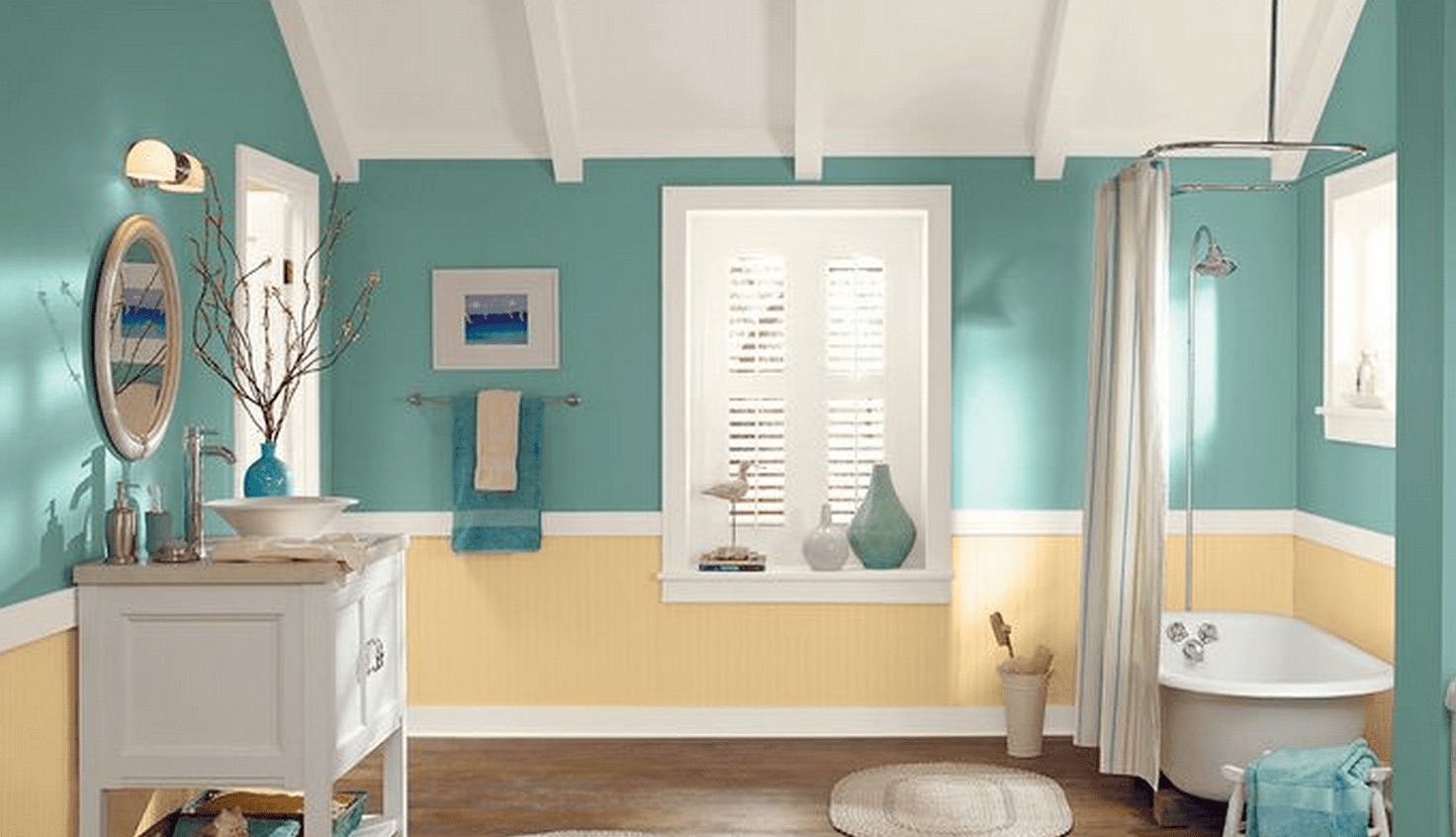
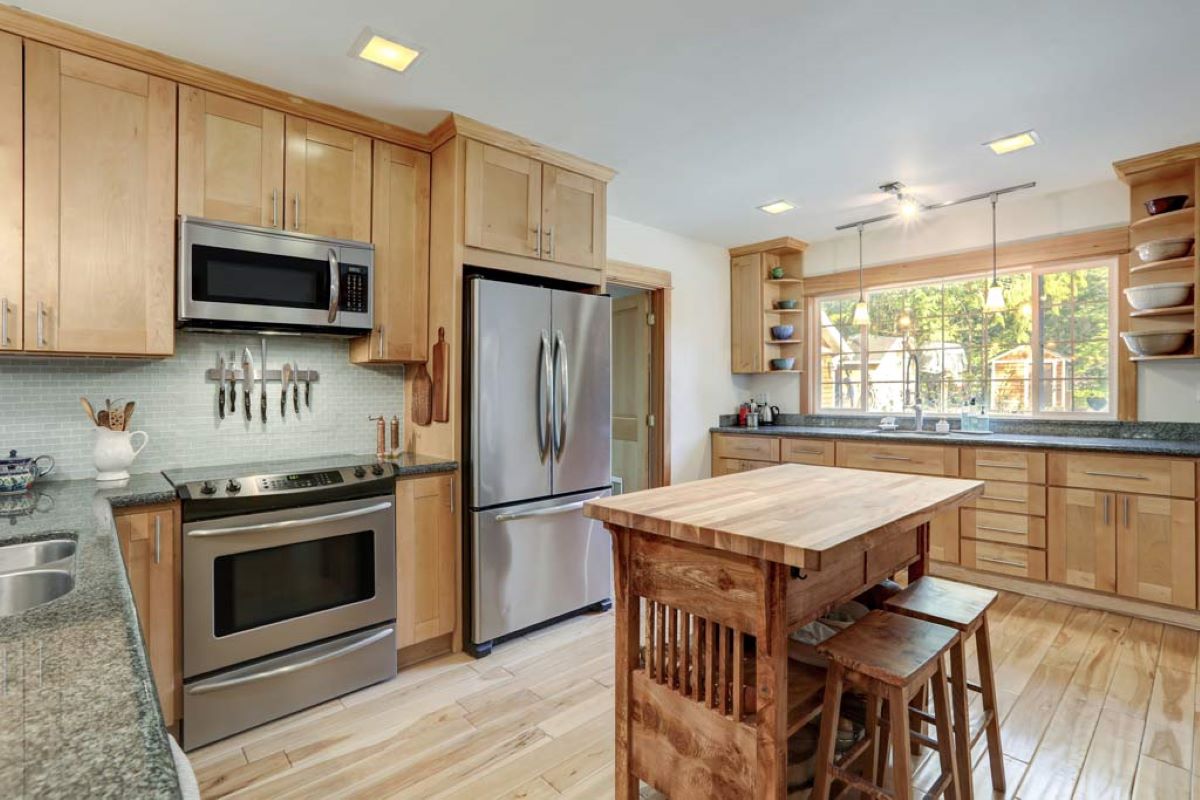
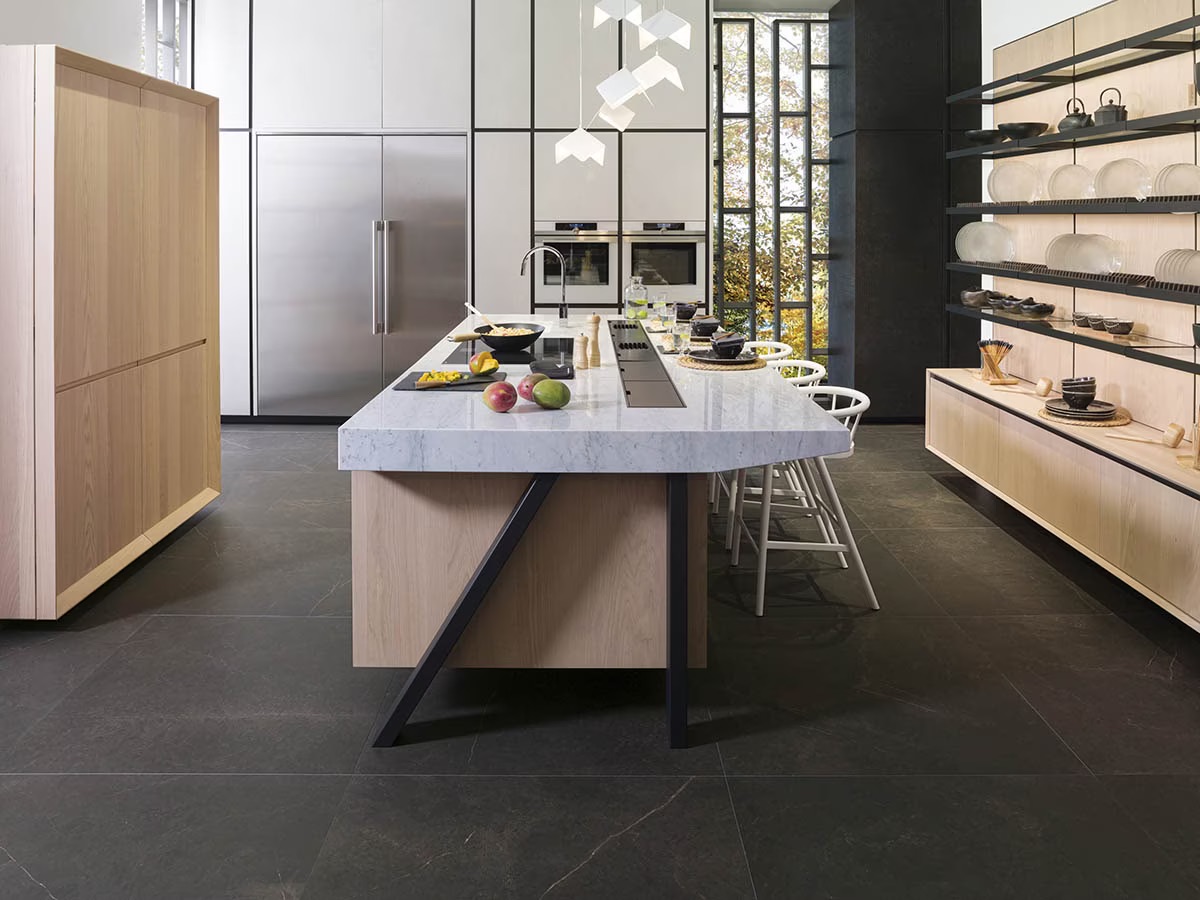
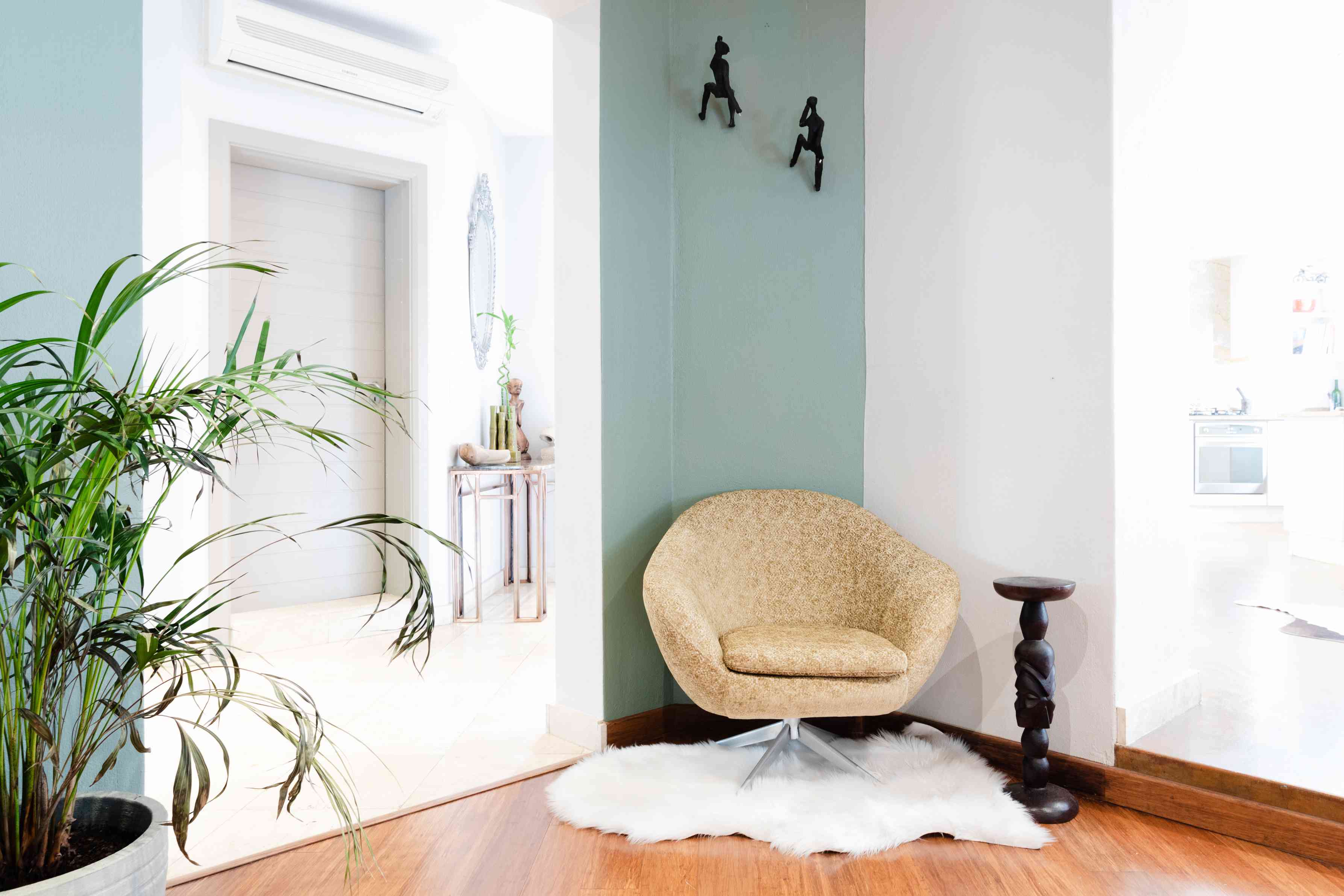
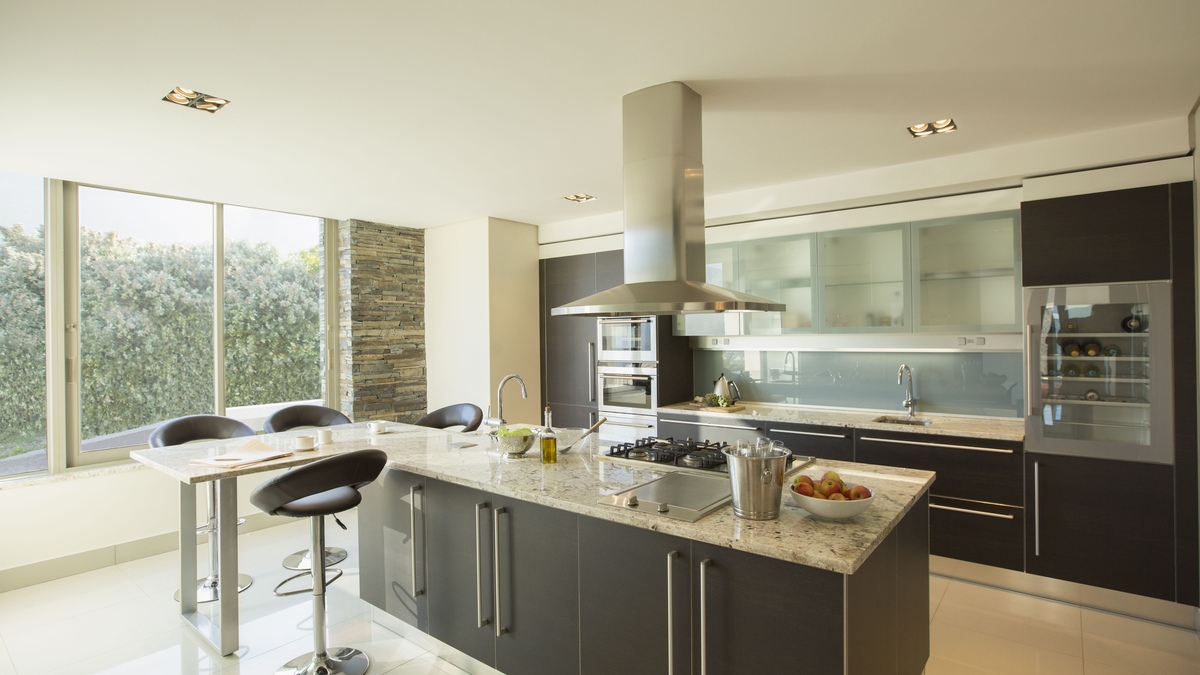
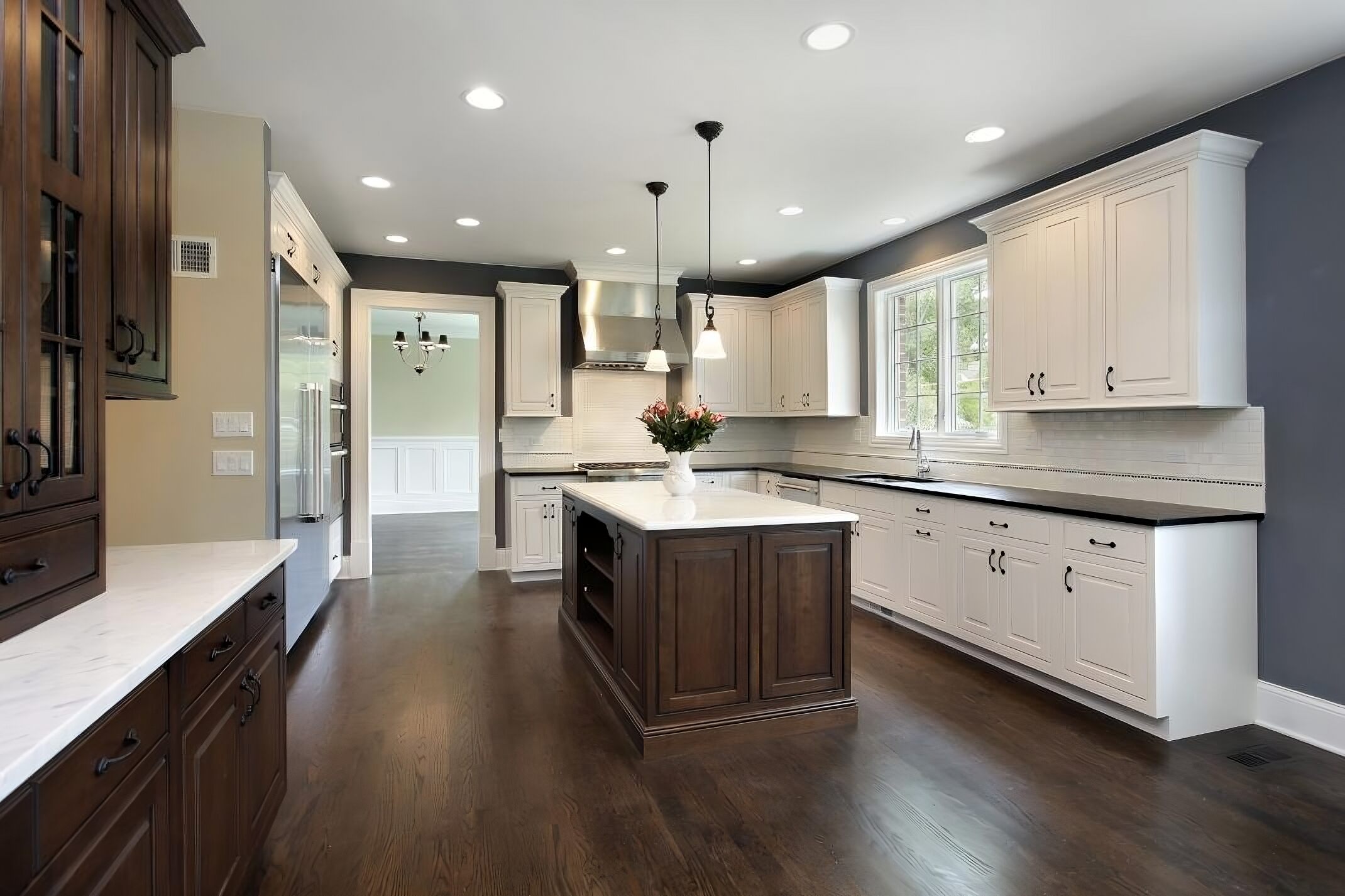
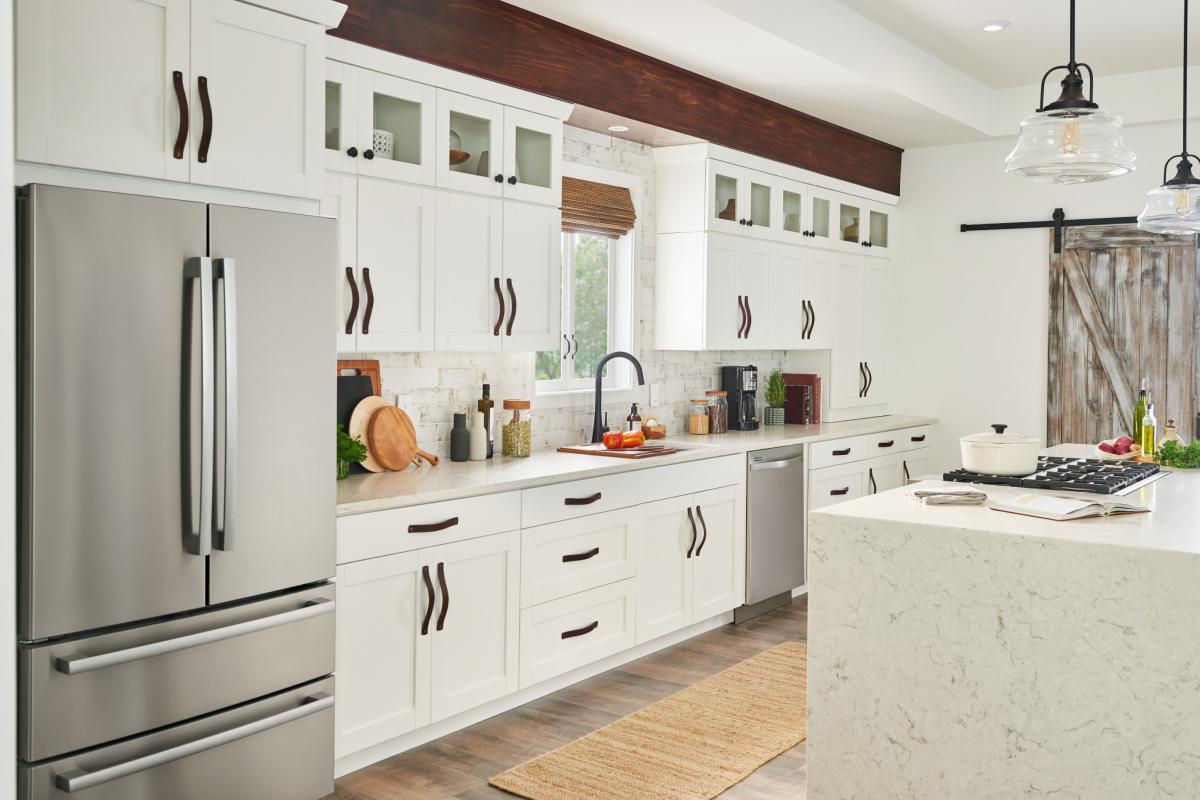


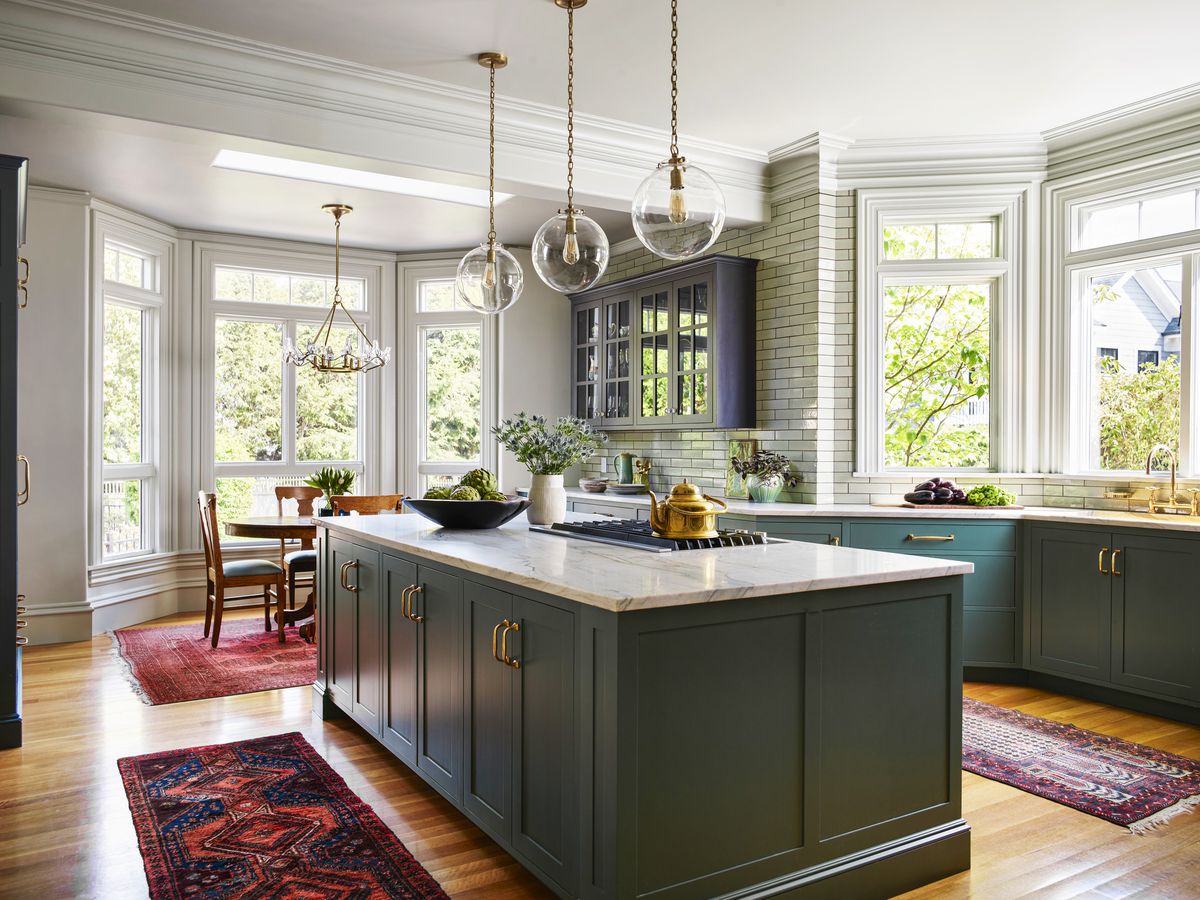
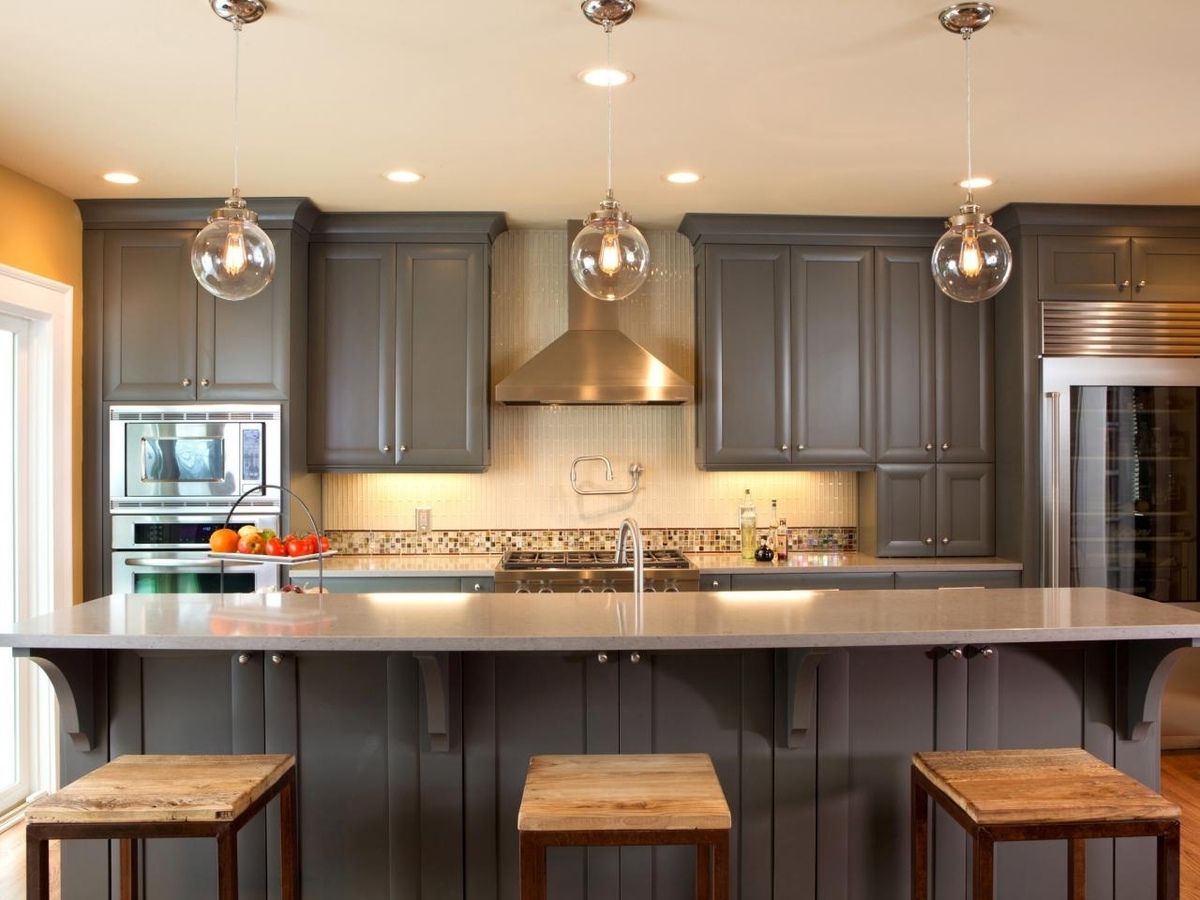


0 thoughts on “Should Kitchen Cabinets Be Symmetrical? The Experts Have The Final Say”